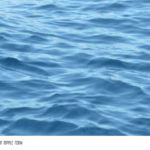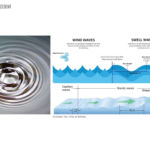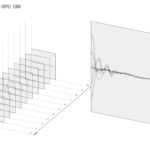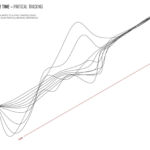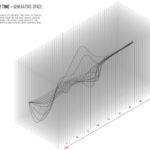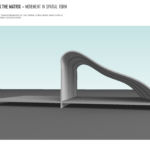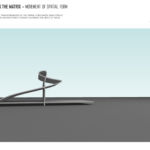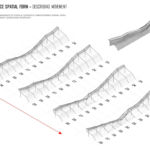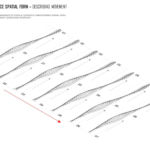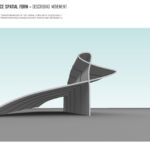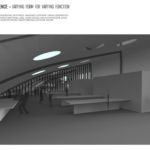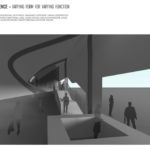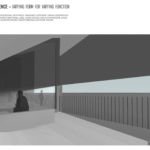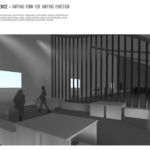Idrees Kanchwala
Future Living
Architecture is mostly perceived as a static entity. Spaces are of a fixed size and create the same or similar experience. Modern technology has however allowed architecture to find certain form of movement. Although limited and still in the infancy of its exploration, the practice of responsive/adaptive architecture has begun to break the static nature of architecture. Be it in the form of moving facades or floating structures, they are but an initial step opening a dimension of architecture that has not been explored. Movement is what I believe will be that one major component which will significantly impact architectural practice of the future. Thinking of Future Living and Working, moving forms will allow for flexibility which will constantly transform spaces, communities and the urban fabric of the city. The research intent was to establish such a mechanism where movement of a single entity would create different special conditions.


